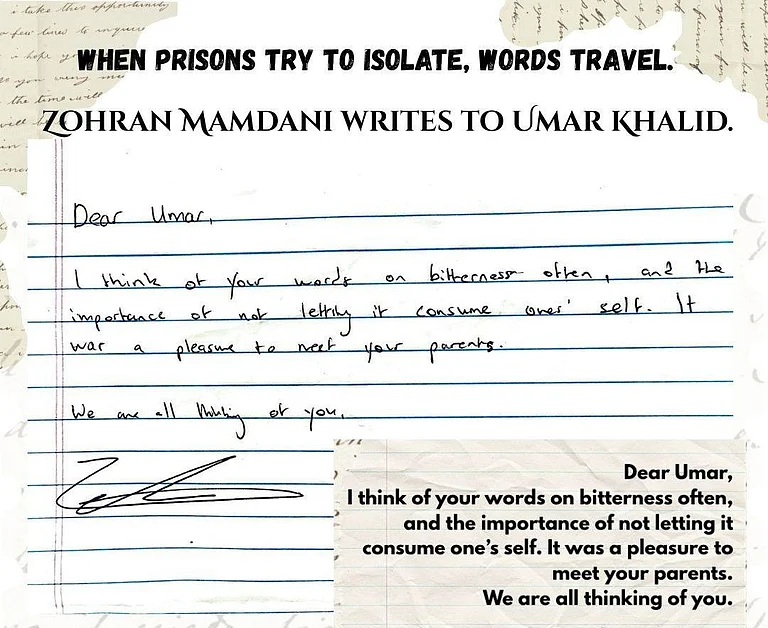The ongoing tunnel rescue operation in Uttarkashi district, Uttarakhand brought back a whole set of overwhelming memories from the tunnel rescue operation led by me, in my capacity as DC Bilaspur (in Himachal Pradesh), in the September of 2015.
On the night of September 12, 2015, one of the tunnels being constructed on the Kiratpur-Nerchowk under-construction expressway in Bilaspur district of Himachal Pradesh caved in, trapping three labourers. What started off as a routine operation of fallen muck removal turned into something unprecedented due to continuously falling debris, making it difficult to continue beyond a few hours at a stretch. What struck me on my first visit was the palpable tension and confusion between the construction company engineers and the deputed BRO engineers. What also made the situation worse was the lack of decision making on the site.
A sudden sense of foreboding engulfed me as I evaluated the seriousness of the situation, and I came to the decision that I would have to lead the operation to its logical end. Thus began a rare, unparalleled, heart-wrenching rescue operation led, coordinated, and fully owned by the district administration. Little did I know that it would be a nail biting, emotional roller coaster ride for the next nine days requiring me to choose duty over family and stay at the site the entire time.
A few critical decisions had to be made urgently! The pipe required to send oxygen in the cave, had been damaged and would not be useful in establishing oxygen supplies or any kind of communication. Both the Army and the NDRF had informed after deliberations that in the absence of a clear path to the trapped labourers, they would be unable to provide any assistance. So, the entire focus of the rescue team shifted to making the paths to reach the labourers, on priority. To add to the gravity of the situation there was no precedent in the country. Varied viewpoints, about the basic approach to making tunnel horizontal or vertical, collided. With no time to lose, I decided that we should carry out simultaneous horizontal and vertical operations on the second day of operations, deputing two separate teams for those purposes, which included geologists and tunneling experts as well.
Since we were oblivious to the number of men alive in the tunnel, we also started operations on drilling 4-inch diameter pipes for establishing immediate contact and supplying necessary support. This was in addition to our efforts for making the 1-meter dia. shafts/tunnels – one horizontally inside through the muck, and another vertically over the top of the tunnel. By the end of the fourth day, we were able to establish contact with two labourers down under through the 4-inch dia. vertical shaft. A local entrepreneur helped us establish a two-way communication system with thermal cameras enabling us to talk to and support the two labourers with food, medicines and other supplies as a team of doctors was also stationed there to monitor them round the clock. It was a huge relief to speak to them over the system. The survival of the desperate labourers over those four days is an extraordinary and inspiring story in itself!
In order to avoid any misinformation, arrangements were made for the family members and a media corner was established with a system of regular briefings. The existence of two labourers provided fresh impetus to the critical process of drilling the 1- meter dia. shaft/tunnel from the top. Heavy machinery had to be moved in from different parts of the country, forest department had to be dealt with to make a quick road to the top through the forested patch, law and order challenges had to be handled, workforce in hundreds had to be deputed including police personnel, in addition to multitude of logistical challenges amidst the ongoing rains. Regular brainstorming with the core team members helped us take care of the finer aspects like lowering a mobile phone loaded with songs to ensure they felt connected to outside world, stationing a psychologist to emotionally support them, providing sunglasses to the labourers before they were brought out into the light after a lot many days, etc. On the ninth day, our efforts triumphed as the earth movers, drilling the vertical shaft, finally broke through the concrete part of the tunnel and the NDRF personnel swooped in to bring both the labourers out.
This challenging rescue operation showcased lessons in planning, coordination, leadership, negotiation, and persistence wherein I found myself taking dynamic decisions and navigating multifarious challenges – both technical and human. Over those nine days, the team members were thoroughly invested in it, faced innumerable challenges together and achieved the presumably unachievable! Mountains had indeed been moved for saving those precious lives! As I look back at that episode in 2015, I also pray that the 41 labourers trapped in Uttarkashi are reunited with their families very soon. I earnestly hope and pray for success to the rescue team!
Manasi Sahay Thakur is an Indian Administrative Service officer with over 13 years of experience. She was in-charge of the rescue operations after an under construction tunnel caved in in Himachal in the September of 2015.





















